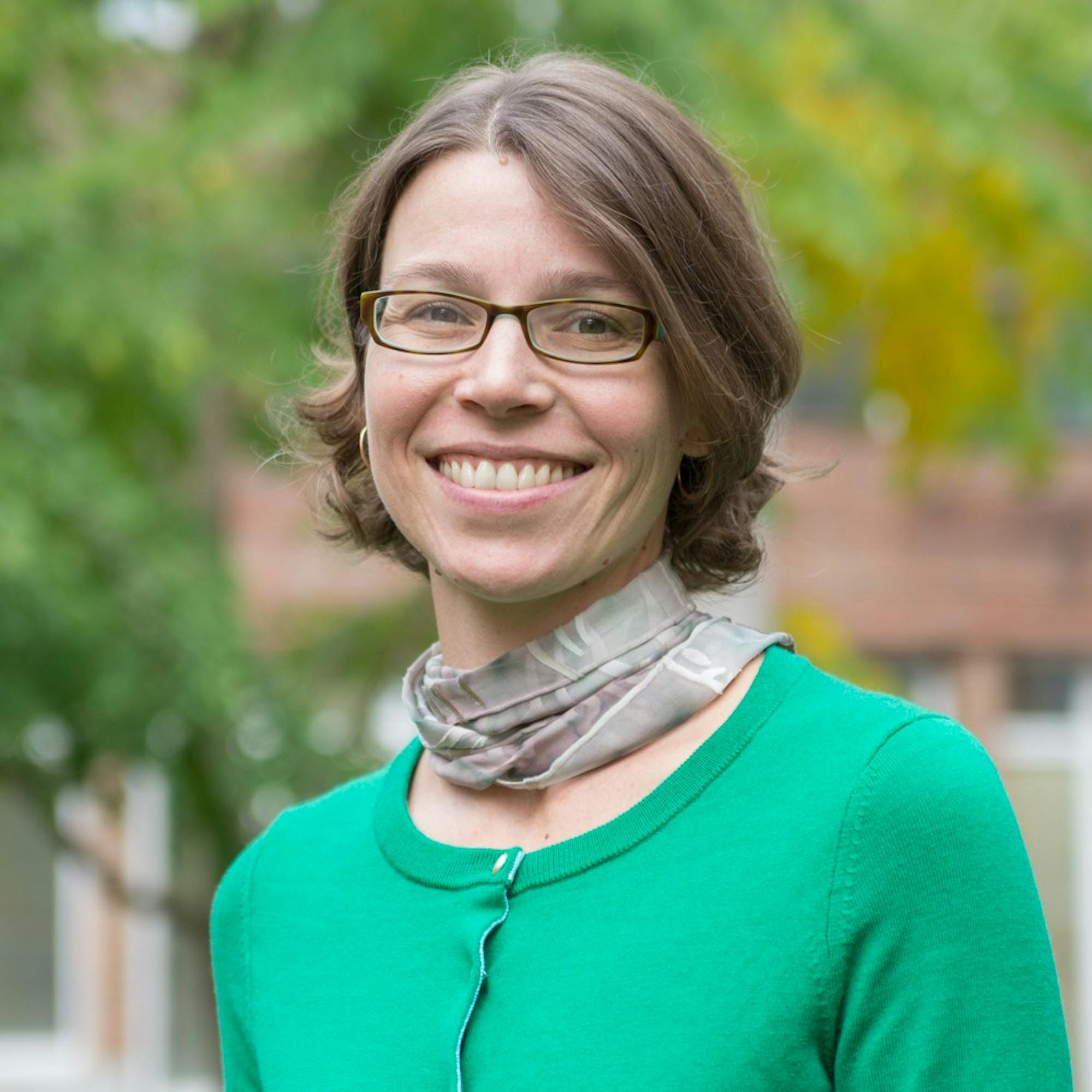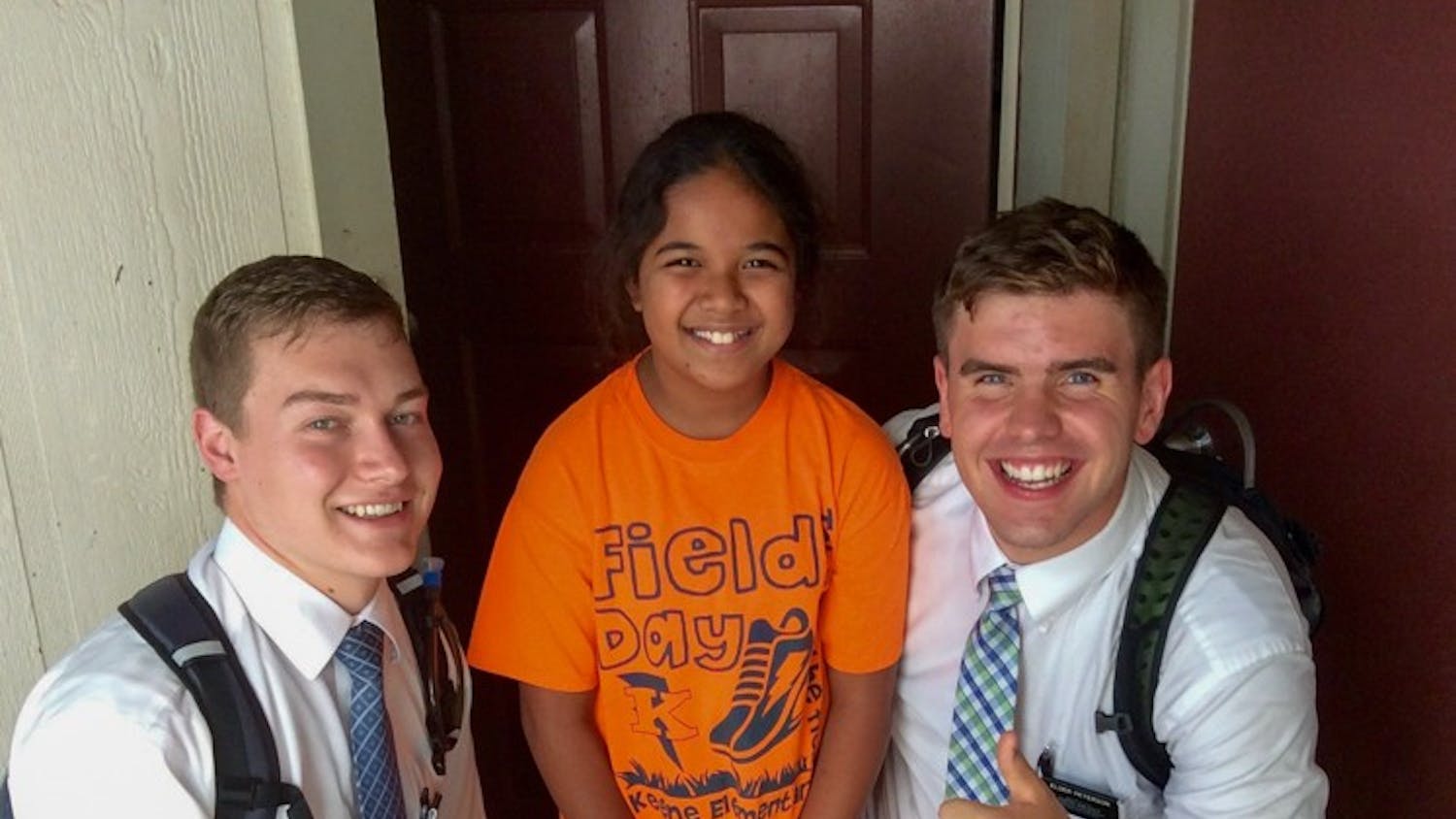Discussion surrounding race and diversity is often centered around the most inflammatory issues that make the headlines. What often isn’t covered is the day-to-day interactions and experiences that racial and ethnic minorities face that make them feel unwelcome in places that they want to call their home.
I grew up in a suburban town that is overwhelmingly white and have found myself to be the only person of color in a room more times than I can count. In my experience, people are usually more willing to swallow the lump in their throat concerning an exchange that left them feeling uneasy than speak out about it due to fear of making others uncomfortable.
I had the opportunity to talk with sociology professor Emily Walton about her work and research in the Upper Valley concerning race and diversity. Walton has been at Dartmouth since 2012 and teaches a number of classes related to her research. This academic year, Walton is teaching SOCY 7, “First Year Seminar, Race and Ethnicity,” along with SOCY 34, “Health Disparities” and SOCY 47, “Race and Ethnicity.” In the spring, Walton will be teaching a new course called SOCY 42, “A Sociological Introduction to the Asian American Experience.”
You call yourself a race scholar. How do you define that and what does that mean to you?
EW: I didn’t start out studying race; it was something that came to me over time. When I was in graduate school, I was interested in health and happened to work with my advisor who was Japanese-American. He got me interested in understanding how Asian and Latino mental health was related to various social factors. As I gained more experience, I really became interested in how race stratifies our lives. Particularly for white people, we don’t think about that. Race is supposed to be invisible to us to protect our identities as the ones with the “highest social standing.” So it became really important to me to tear away that curtain so we can start to break down inequality. Also, because race is so difficult to talk about in our society, it’s really important to me to call attention to it and say that I am a race scholar and not dance around it with other terms.
How long have you been researching the Upper Valley and what got you interested in it?
EW: I started this project around two years ago. Previously, I had been an urban race scholar. After moving here, my husband — who is Filippino American — and I both noticed that this place was sort of unwelcoming to us. So I started to think, “If I as a white woman am experiencing this, what does that mean for my husband who is a person of color and entering all these places where he’s the only person of color?” This is a special environment to be a racial and ethnic minority. So I started asking, “What does it mean to try and move here and build a home when you’re moving to a place that is historically and culturally very different from you and how you phenotypically present?”
How do you go about confronting issues that can oftentimes be polarizing and sensitive to many people?
EW: I try not to be afraid of confrontation. As a white person, I think I have a certain position of privilege that I need to exercise with other white people. I think the way to go about it is to ask questions. I really just try to get people to examine the decisions that they’re making. In my classes, it’s often difficult, but I think my being a role model for how I talk about race is helpful for getting students to let down their guard. I also encourage, especially to white students, the fact that it’s going to be uncomfortable. I tell them that it’s their job to listen more than talk and to understand how this environment influences the power that they have.
In your article, “What it’s like to be a person of color in rural New England? Basically Invisible,” you discuss the prevalence of misrecognition as opposed to prejudice. What qualities of a place like the Upper Valley make these kinds of interactions so normal?
EW: I think one interesting thing about the Upper Valley is that it depends on where you go, but it is economically polarized. We have a strong working class white community, and we also have — at least around Hanover — a pretty educated, wealthy, white community. People coming from that community tend to think of themselves as politically liberal — which they are — and enlightened on a number of issues. I think that that is a particularly difficult environment for racial and ethnic minorities to feel they have a voice in. There’s so many wonderful things about the Upper Valley, but I think people also might have a hard time seeing that there may be negatives. That puts people of color who have experienced those things in a difficult position of expressing it or being recognized when they have an issue.
You touch on this a little at the end of your article, but what efforts can be made to “do integration right?”
EW: One of the big things that comes out of my research is that a lot of these racial boundaries that people are drawing are symbolic. It’s like, you can live in this community, but you’re never going to be a member of this community. So then, I think the solution also needs to be symbolic. One way to do that is representing people in the local media and trying to change the narrative. It’s one thing to have a story in the newspaper that highlights someone’s ethnic cooking, but it’s another to have a story in the paper that’s treating this person as a member of the community. One of the things that I’m trying to get going is a Humans of the Upper Valley Facebook group where we’ll interview longstanding community members, but also people of color who have just moved here. Hopefully, it will be able to show that there are common threads of humanity running across all people.
How might not being a person of color influence your work?
EW: I think I have to be very careful about who my audience is, and I realized a while ago that it’s my job to speak to other white people. I have to help other people recognize their whiteness. I mean, I can never personally know what it’s like to be in someone’s shoes as a racial or ethnic minority. I definitely have realized that I have a lot of blind spots through interacting with my husband. It’s hard to get over that socialization of an entire lifetime of not seeing race. I definitely try to humble myself and put other people’s experiences and perspectives ahead of my own, and oftentimes that comes from students. A previous op-ed I wrote in USA Today about how there should be a required college course on race and ethnicity really came from students. It was an idea they had, and I brought it to fruition in a piece of writing.
What do you find to be the largest barrier or challenge in your research?
EW: It’s hard to get people to be honest. It’s not so much when getting people to talk about their own experiences as a person of color, because I think it’s easy to recognize those instances when you’ve been mistreated or felt uncomfortable. I think talking to white people, we sort of automatically fall back on this “happy talk” about diversity and multiculturalism and wanting to be seen as a good person. White people want to protect themselves from being seen as “less than good.” Everyone wants to be seen as a good person, so they’re not going to be totally honest about the way that they interact, and oftentimes they may not even see it. So trying to get accurate information is very hard when people want to protect their identity as a positive one.
This interview has been edited and condensed for clarity and length.



